I was asked if the knots could be sealed with shellac. I replied that, as far as I know, the tannins and especially the resin in the knots are a problem and it is very difficult to seal everything inside the wood. Over time, especially in warmer periods, the resin expands and tends to come to the surface penetrating the finish coats. This is especially noticeable if the finish is white or another light color. A disturbing yellow stain will appear at the knot. How did we know shellac is the wonder lake that has been used for hundreds of years to protect wood I promised I would try to find out more. So I spent some time trying to find out as much as I could about knot sealing.
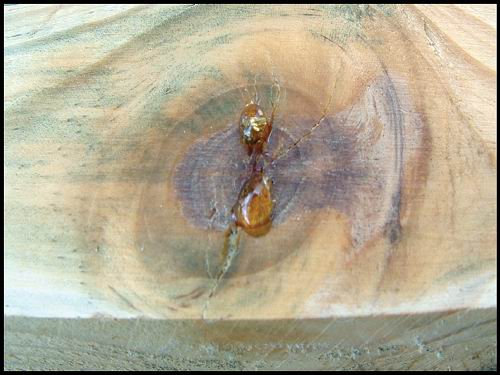
First of all it is good to know that nodesalthough they are beautiful and give a special charm rustic furniture, can be a source of problems even years after the furniture has been made. Finishing can be done without any sign of a yellow stain appearing after a while. That is why the solution is often to remove the knot and replace it with thin twigs that imitate the knot structure. And if the knot is dropping, it is mandatory to replace it because drying will cause it to detach from the wood and fall off.
But there are situations where the presence of nodes is an asset. In this case solutions must be found to minimize future problems. The solution most often recommended is indeed shellac, both pure shellac made from resin flakes and alcohol, and shellac mixed with other substances. There is also a variety of shellac used as a first coat - primer - and this is the most recommended. It can be used clear or colored in black or white.
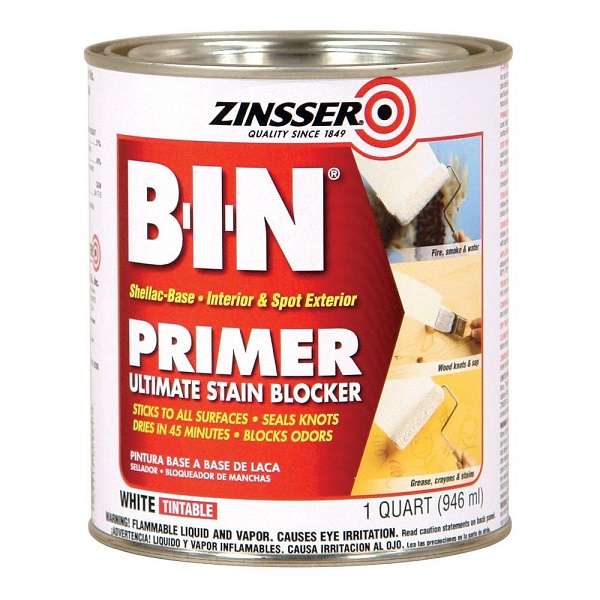
Blocking the knot with shellac is done in the following steps:
- Sand the knot very well, following the grain of the wood, with fine abrasive paper or sponges, then sand the surface very well:
- apply shellac with a brush over the knot, insisting that it gets into all the cracks;
- leave to dry for at least 3 hours, then sand and apply another coat;
- leave to dry until the next day, then sand very well and apply the desired finish.
Shellac is not outdoor resistant. If it has been used for blocking knots in fences, pergolas or other objects used outdoors, it should be covered with exterior-resistant paints.

I told you that it is the most recommended method for blocking knots, but there are also many voices that say that if the knot has a high resin or tannin content, shellac does not hold. Over time yellow stain will appear on the knot.
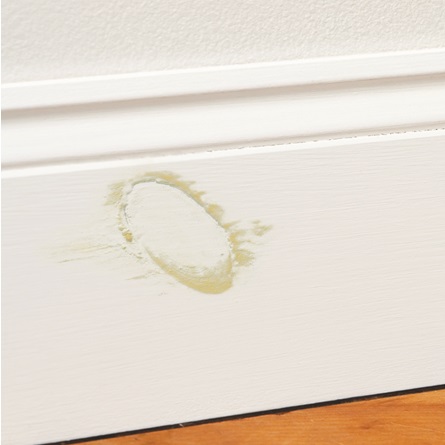
Other products recommended for sealing knots are those that are commonly used to block burning or cigarette smoke odors. The best such materials are oil-based and water-based primers. The oil-based ones are alkyd, those linseed oil-based primers (paints) used in the old days to paint anything, inside and out. They seem to be a good way to lock the knot. With the caveat that the next coat may not be compatible and cracks in the film may appear like the krackle effect. The material used on top should be on the same base or water based. Organic solvent based ones usually have this incompatibility problem.
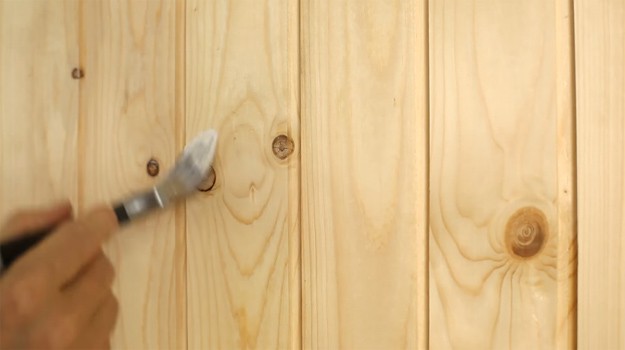
Water-based primer is an acrylic dispersion. It is best diluted to penetrate as deeply as possible into the wood. As it dries, the acrylic molecules in the dispersion come together and polymerize to form a very strong product. It's like water-based varnishes that don't crack like solvent-based varnishes when a weight falls on them. Neither does the resin in the knot break or crack easily, preventing the tannin from coming to the surface. Any kind of finish can be applied on top provided the knot is well sanded so that the varnish will have adhesion.
The most recommended is the two-component epoxy resin. To apply the knot, sand the knot as for shellac, sand thoroughly, then pour the resin mixed with the hardener onto the knot.
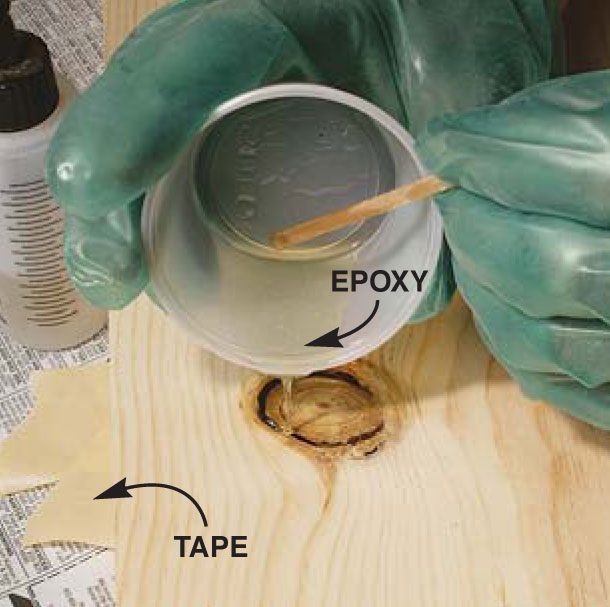
Leave to dry as recommended by the manufacturer and then remove the excess with a chisel or, better still, a rhindea. This is the best way to bring the knot level with the rest of the surface. With sanding, you can push too hard in that spot and cause a bump.
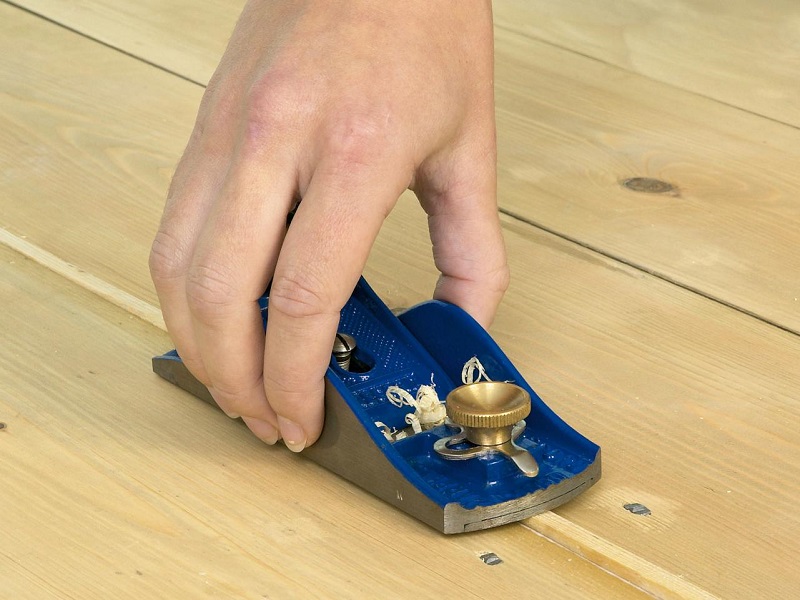
To make the knot look as natural as possible, wood dust can be added to the resin mixture. Black colorant can also be added to the resin for knots with large cracks. At the end the resin will appear as a black streak in the knot, just like natural knots.
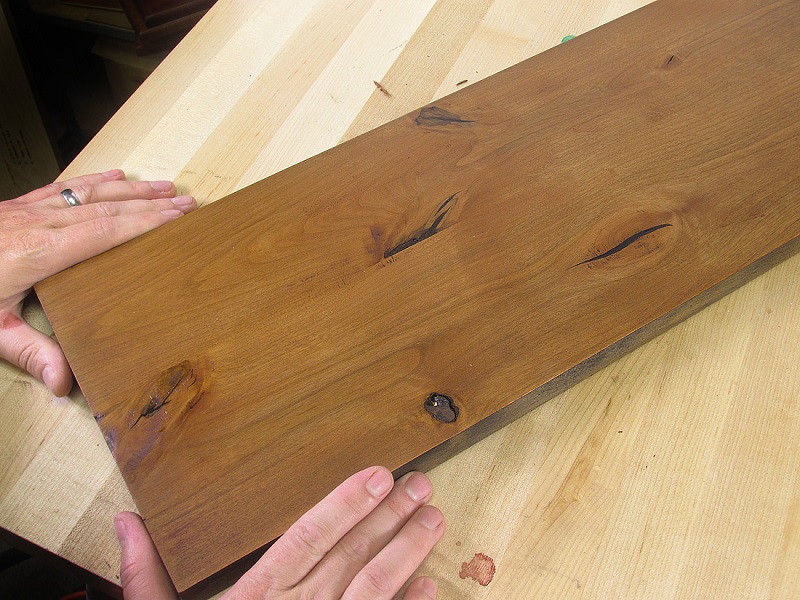
I hope the methods mentioned will help you avoid problems you might have from knots. And one last mention: most problems occur at resinous, with pine being the "champion".
Your comments are welcome below. Share the article if you find it useful. Thanks.
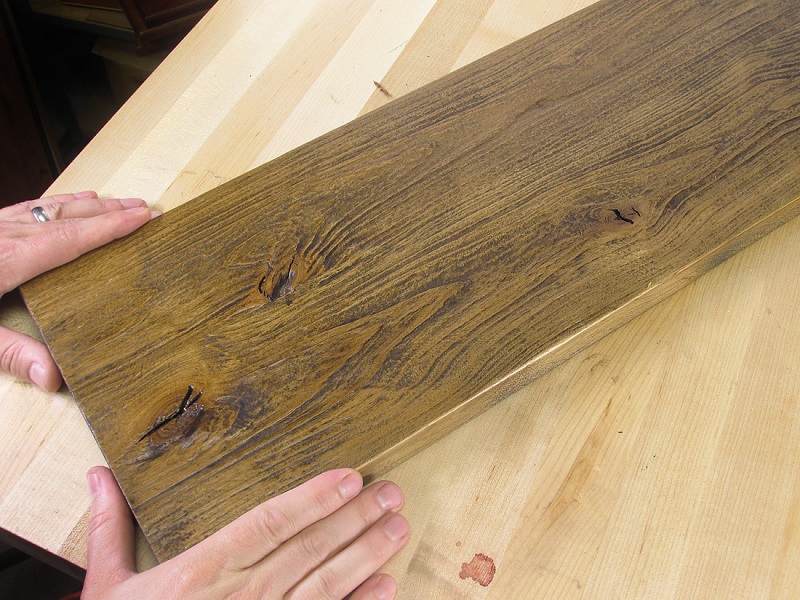




































Is there a solution for "blocking" the resin in the lenses (bags) other than mechanical processing?
Hello!
Epoxy fillers can be used. I worked at one time with a factory that made rustic resin furniture for export and this was the solution to blocking the resin in the knots. For the whole surface insulators are used. The ones with hardening are the best (polyurethane). Shellac can also be used for resin in knots. It is an old method of blocking resin used by ebenists.
These methods are only effective if the bag is not large. For large bags the only solution is to remove them. Otherwise, the resin finds its way to the surface, especially on hot summer days (or if it is very hot in the house), because it expands, forces the wood and makes its way out. To avoid the presence of resin in the wood you can work with fir. Fir, unlike other resinous species, has resin only under the bark. The appearance inside is accidental, to heal certain wounds that have occurred during growth.
All the best!
I made a gazebo recently with pine wood bought from the warehouse (it was not dried properly)...all good and beautiful after a month and something appeared at the knots blackness plus on some parts the wood began to turn grayish to black not to mention the sticky substance...
I would also need some step advice on how to protect it considering I gave it a coat of oil in.
Thank you
Hello!
Resin is not a bad thing for wood used outdoors. It increases the strength of the wood. On hot days the resin becomes more liquid, expands and tends to come out of the wood. In knots you can block the resin with thermoplastic putty. But you must wipe the area with thinner to ensure adhesion.
Wood that has not been well dried and is used outdoors can have problems with warping and the growth of mould, fungi and insects. Resin is not an enemy, perhaps only aesthetically. Blackened areas may signal the presence of mould. And sticky areas can also be from oil that has not been absorbed into the interior due to the increased moisture content of the wood. Linseed oil left on the surface does not dry and becomes sticky (see link below).
For protection use coloured oil-based varnish. It will let the wood exchange moisture with the environment, allowing it to dry and reach equilibrium. The dye in the varnish protects the wood against UV radiation. Before application wipe off sticky areas with alcohol or thinner. Do not rush with the application of the varnish. Allow the wood to dry to absorb the oil.
All the best!
https://revistadinlemn.ro/2019/04/17/7-reguli-de-respectat-la-finisarea-cu-ulei-a-lemnului/